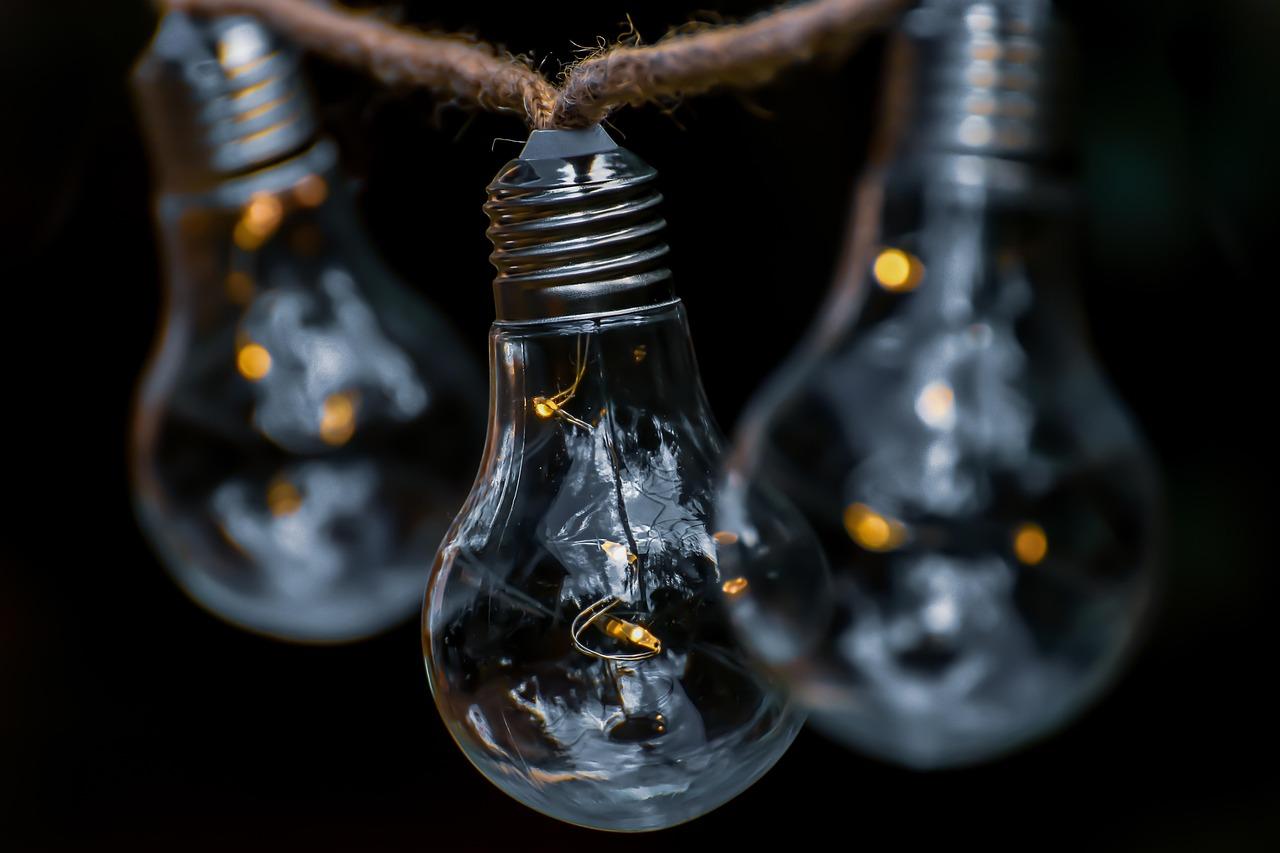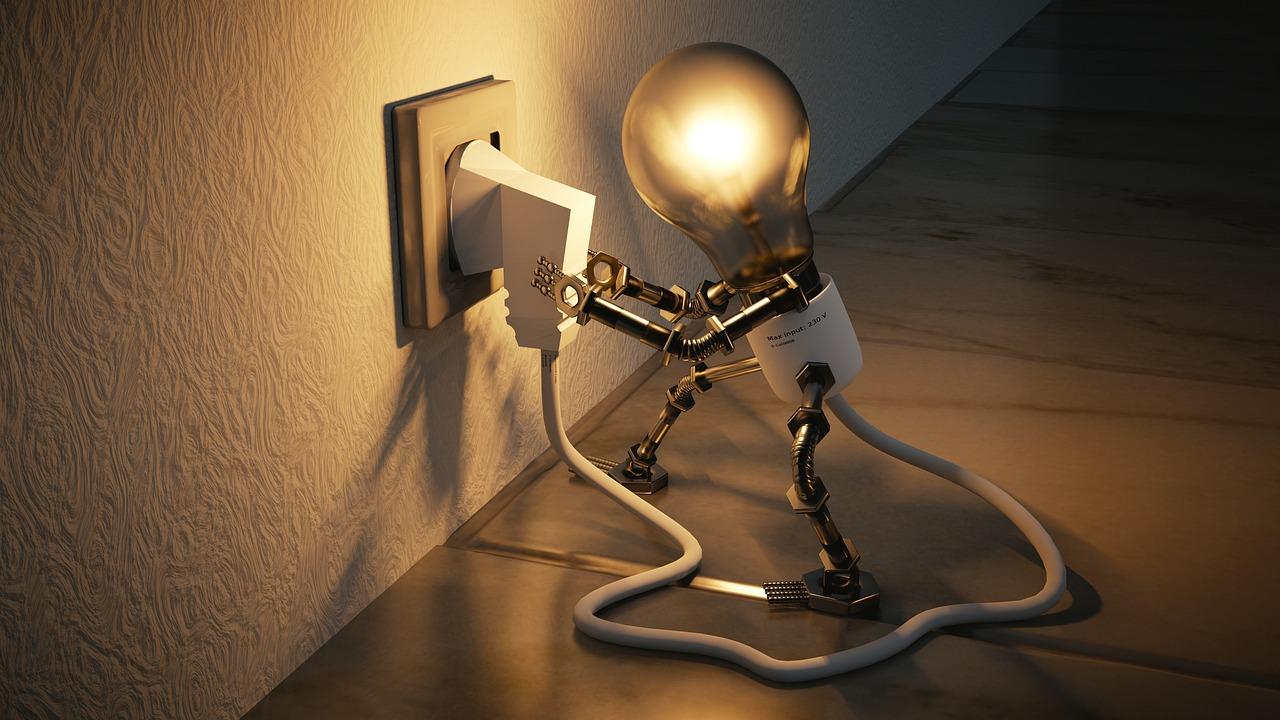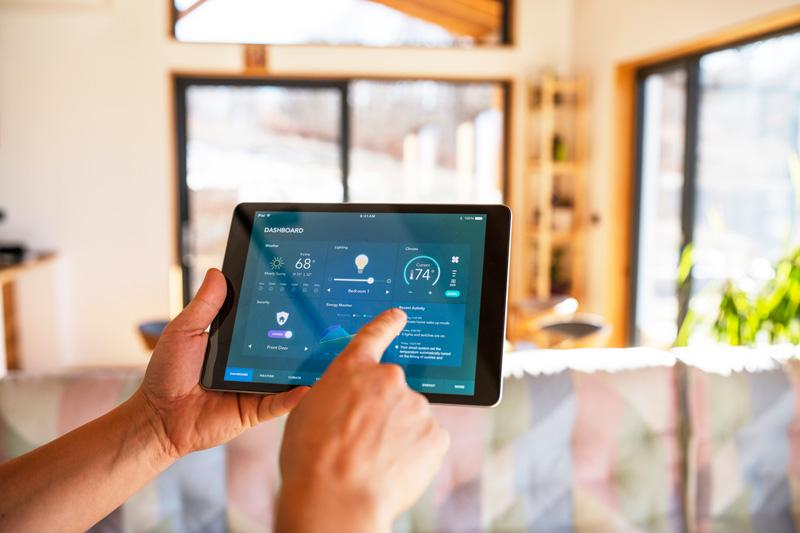In a world increasingly attuned to the rhythm of sustainability, the intersection of technology and eco-conscious living has found a thrilling new frontier: home automation. “Green & Smart: Energy-Saving Home Automation Tips” invites you to explore how modern innovations can harmonize wiht our desire for a more enduring lifestyle. Imagine a home that not only conserves energy but also enriches yoru daily life with convenience and efficiency. From bright thermostats that learn your preferences to automated lighting systems that adapt to natural daylight, the possibilities are as exciting as they are essential. Join us as we delve into practical tips and cutting-edge solutions that empower you to transform your home into a sanctuary of sustainability, all while embracing the smart technologies of the future. Welcome to a journey where being green feels just as good as it is indeed smart.
Harnessing the Power of Smart Thermostats for Energy Efficiency
Smart thermostats are revolutionizing the way we manage our home environments, providing an efficient solution for controlling heating and cooling systems. By learning your schedule and preferences, these devices can automatically adjust temperatures to optimize comfort while minimizing energy use.With features such as remote access via smartphone apps, homeowners can manage their settings from anywhere, ensuring that energy is only used when needed.
One of the most valuable capabilities of smart thermostats is their ability to provide detailed energy usage reports. These insights allow homeowners to identify patterns and make informed decisions about their energy consumption. Key benefits include:
- Personalized Comfort: Adjusts settings based on daily routines.
- Energy Usage Reports: Offers insights into consumption patterns.
- Alerts and notifications: notifies users about unusual energy spikes.
- Integration with Other Smart Devices: Works seamlessly with home automation systems.
To further enhance the efficiency of your smart thermostat, consider implementing the following practices:
| Practice | Description |
|---|---|
| Schedule Adjustment | Set your thermostat to adapt to your daily routine. |
| Geofencing | Automatically adjusts temperature based on your location. |
| energy-Saving Mode | Activates energy-saving settings during off-peak hours. |
By tapping into the capabilities of smart thermostats, you not only create a more efficient home but also contribute to broader environmental sustainability efforts. Embracing this technology can led to meaningful savings on energy bills and a smaller carbon footprint, making it a win-win for both your wallet and the planet.

Lighting Innovations: How to Illuminate Your Home with Intelligence
In today’s tech-savvy world, the way we light our homes has transformed dramatically. Smart bulbs, for instance, allow homeowners to customize their lighting preferences, adjusting brightness and color with just a tap on their smartphone. These bulbs are not just about convenience; they also promote energy efficiency by consuming less power, especially when set to dim low during off-peak hours. By integrating smart lighting systems, you can also establish routines that mimic natural daylight cycles, enhancing your home’s ambiance while optimizing energy use.
The emergence of motion-sensor lighting has revolutionized both indoor and outdoor spaces. These intelligent fixtures illuminate spaces only when movement is detected, substantially reducing energy waste. For example, outdoor lights that turn on automatically when they sense someone approaching not only enhance security but also ensure that electricity is not wasted on empty spaces. In-home areas like hallways and bathrooms can similarly benefit from lights that activate with a simple gesture, keeping your energy bills low while providing safety and convenience.
| Lighting Innovation | Key Features | Energy Saving Potential |
|---|---|---|
| Smart Bulbs | Customizable brightness, color control, remote access | Up to 80% less energy than customary bulbs |
| Motion-Sensor Lights | Automatic activation, outdoor/indoor options | Can save up to 30% in energy costs |
| Smart switches | Control multiple fixtures, scheduling features | Optimizes usage habits for further savings |

Integrating Renewable Energy Sources into Your Home Automation
Incorporating renewable energy sources like solar panels and wind turbines into your home automation system not only promotes sustainable living but also considerably reduces your energy bills. By integrating these systems, you can create a smart home that optimizes energy use. For instance, using solar energy to power your home reduces dependency on fossil fuels while providing clean, renewable energy. Coupled with intelligent energy management systems, you can ensure that energy is used efficiently throughout the day.
To fully harness the potential of renewable energy in your home, consider implementing these technologies:
- Smart Thermostats: Sync with your solar power to adjust heating and cooling based on sun exposure.
- Energy Monitoring Systems: Track real-time energy consumption and production from solar panels.
- Automated Lighting Systems: Use natural light for daytime illumination and minimize artificial lighting.
- Smart Appliances: Schedule energy-intensive tasks during peak solar energy production times.
Moreover, it can be useful to visualize how your renewable energy interacts with your home automation system. Below is a simple table that outlines a potential energy flow in a solar-powered smart home:
| Component | function |
|---|---|
| Solar Panels | Convert sunlight into electricity |
| Battery Storage | Store excess energy for later use |
| Smart Energy Hub | Optimize energy distribution and consumption |
| Automated Devices | React to energy availability for tasks |

Monitoring and Managing Energy Consumption for Sustainable Living
In our quest for a more sustainable lifestyle, leveraging technology to monitor and manage energy consumption is essential. Start by installing smart meters and energy monitors that provide real-time feedback on your electricity usage. These devices can help you identify which appliances are energy hogs and how to adjust your habits accordingly. A few benefits include:
- Cost Savings: Reducing unnecessary consumption leads to lower electricity bills.
- Informed Decisions: Understanding usage patterns empowers you to make smart choices about appliance use.
- Environmental Impact: Lower energy consumption translates to reduced carbon footprint.
Home automation systems can play a pivotal role in optimizing your energy efficiency. by integrating smart devices such as programmable thermostats, smart lighting, and automated window treatments, you can create a harmonious balance between comfort and cost-effectiveness. Consider setting schedules for your heating and cooling systems, as well as using motion sensors to ensure that lights only operate when needed. Here’s a brief snapshot of the potential energy savings:
| Device | Estimated Savings (%) | Impact |
|---|---|---|
| Smart Thermostat | 10-20% | Reduced heating/cooling costs |
| LED Smart Bulbs | 50-75% | Less energy consumption |
| smart Power Strips | 10-20% | Less phantom load |
Creating a routine that involves regular checks on your energy consumption patterns is vital for ongoing sustainability efforts. By reviewing your energy usage monthly, you can spot trends that may indicate areas needing advancement. Automate alerts through your devices that notify you of unusual spikes in consumption, enabling prompt action to investigate and resolve potential malfunctions or energy wastage. Adopting these proactive measures can transform your home into a continuous eco-kind powerhouse, where every watt of energy is accounted for and cherished.
Q&A
Q&A: Green & Smart – Energy-Saving Home Automation Tips
Q: What exactly is home automation?
A: Home automation refers to the use of technology to control home systems such as lighting, heating, ventilation, air conditioning, security, and appliances. by integrating these systems, homeowners can manage their energy consumption more efficiently, leading to greener lifestyles.
Q: Why is energy-saving home automation vital?
A: Energy-saving home automation is vital for reducing carbon footprints,lowering utility bills,and creating a more sustainable environment. By leveraging smart technology, homeowners can optimize their energy use, contributing to a healthier planet and minimizing the depletion of precious resources.
Q: What are some easy ways to start automating my home for energy savings?
A: A great starting point includes installing smart thermostats that learn your schedule and adjust heating and cooling accordingly. Additionally, consider smart plugs for appliances that can be scheduled or powered off remotely, and utilize energy-efficient LED bulbs controlled by smart lighting systems.
Q: How can smart thermostats help with energy savings?
A: Smart thermostats can monitor your lifestyle patterns and adjust temperatures automatically,ensuring you’re not heating or cooling an empty home. Many also provide insights on energy usage and recommend settings to save more. This intelligent control can lead to substantial savings on energy bills.
Q: Are ther any specific devices you recommend for energy monitoring?
A: Absolutely! Smart energy monitors, such as individual device trackers or whole-home systems, can give you real-time data on your energy consumption. Devices like the Sense or the TP-Link Kasa plug can help pinpoint energy hogs in your home, allowing you to make informed decisions about usage.
Q: What role does smart lighting play in energy conservation?
A: Smart lighting systems, which can be adjusted remotely and scheduled for usage, significantly reduce energy waste.Features such as motion sensors ensure lights are only on when needed, while dimmable LEDs adapt to various activities throughout the day, effectively minimizing overall energy consumption.
Q: How can I ensure my home automation systems are eco-friendly?
A: Look for products that have energy-efficient certifications,such as Energy Star or similar labels. Additionally, strive to use devices that allow for energy monitoring and optimization. Pairing your automation systems with renewable energy sources, like solar panels, can further enhance eco-friendliness.
Q: Is home automation expensive?
A: While there may be an initial investment in smart devices, many homeowners find that the long-term savings on utility bills and maintenance costs more than offset these expenses.Moreover,many DIY solutions and budget-friendly smart devices are available,making energy-saving automation accessible to a broad range of budgets.
Q: What’s the future of home automation in terms of sustainability?
A: The future of home automation looks promising, with innovations focusing on increased energy efficiency and sustainability. As technology continues to evolve, we can expect smarter systems that not only optimize energy use but also seamlessly integrate with renewable energy solutions, creating homes that are both sustainable and smart.
Q: Any final tips for homeowners?
A: Start small by implementing one or two automation solutions, and gradually expand as you become more comfortable with the technology. regularly review your home energy usage with the help of smart devices, and stay informed about new advancements in home automation that can further enhance your energy efficiency journey. Every step counts towards a greener home!
The Way Forward
As we wrap up our exploration of green and smart energy-saving home automation tips, it’s clear that the journey toward a more sustainable living space is both achievable and rewarding.By integrating simple yet effective technologies into your home, you can reduce your energy consumption, lower your utility bills, and contribute to a cleaner environment—all while enjoying the modern conveniences that automation offers.
Remember, the path to a greener home doesn’t have to be overwhelming. Start small, embrace gradual changes, and let technology work in harmony with your lifestyle. Each step, no matter how minor, brings us closer to a sustainable future. So, take charge of your energy usage, empower your living space, and join the movement towards smarter, eco-friendly homes. The world will thank you, and so will future generations. Happy automating!
